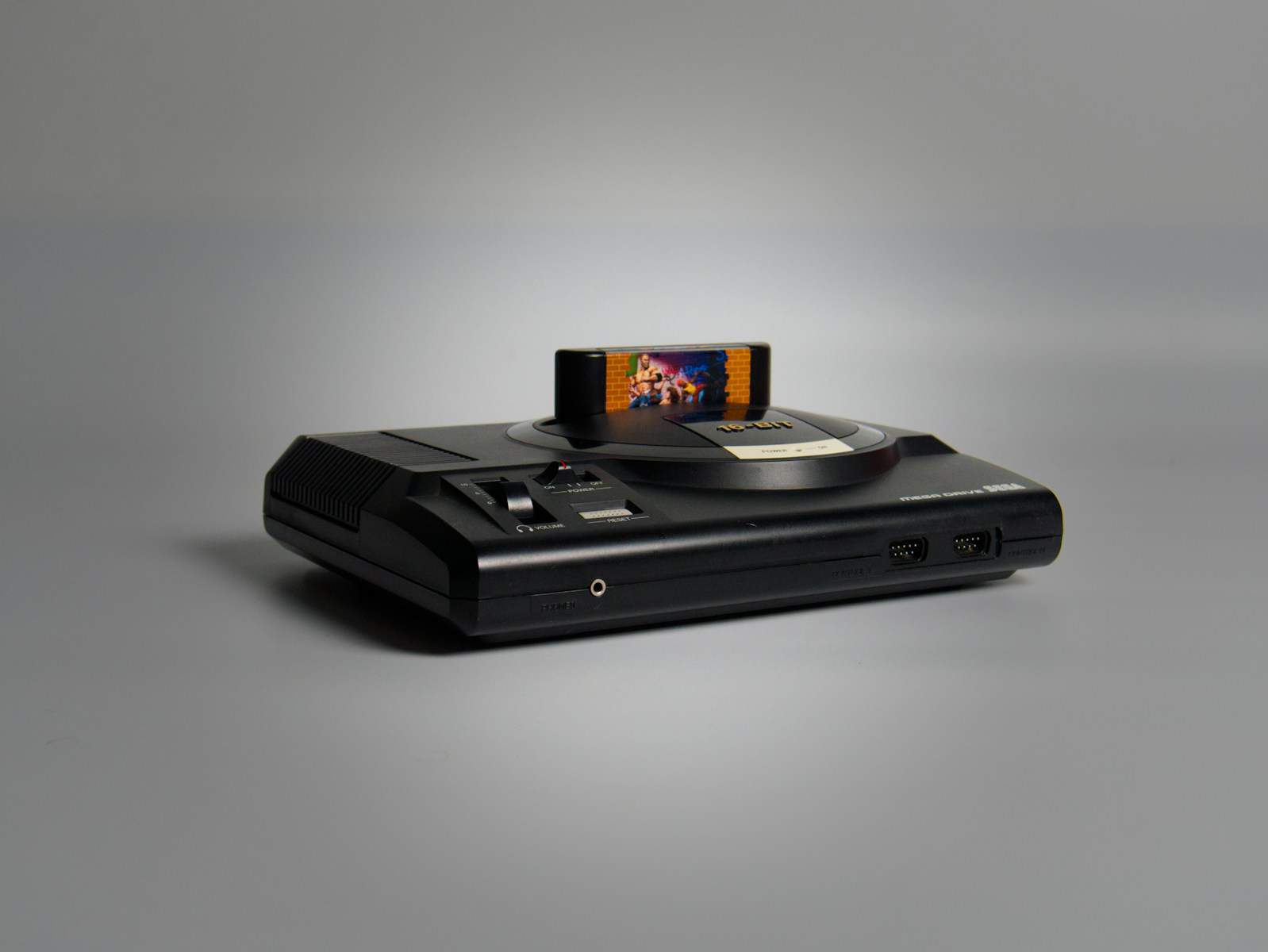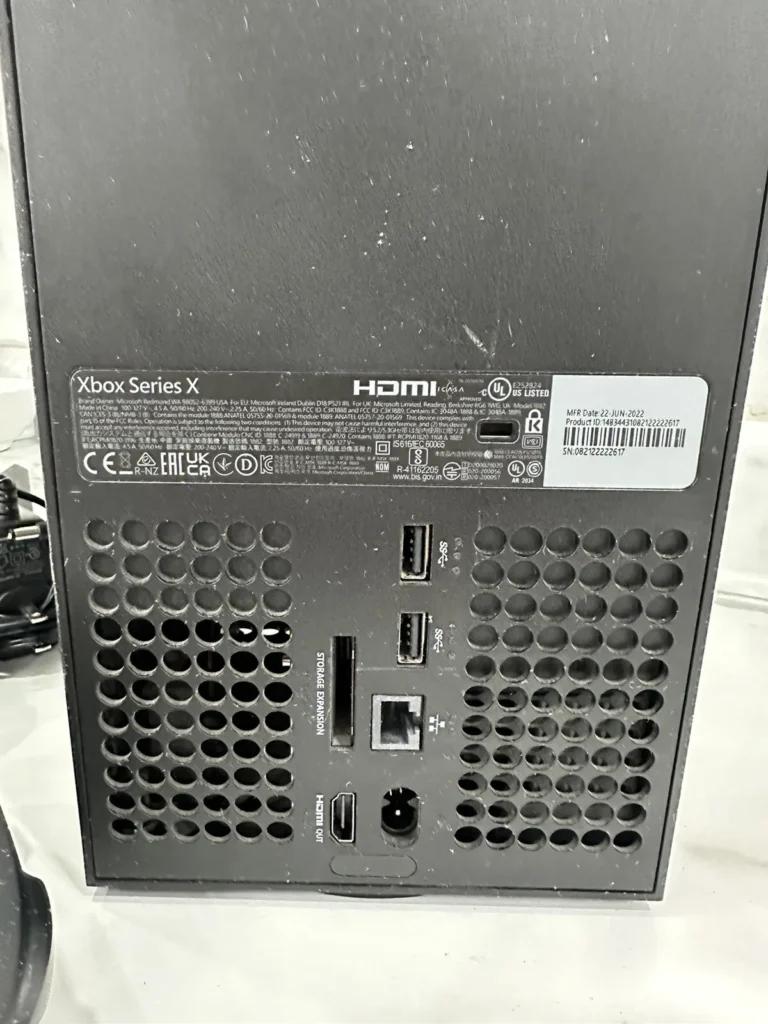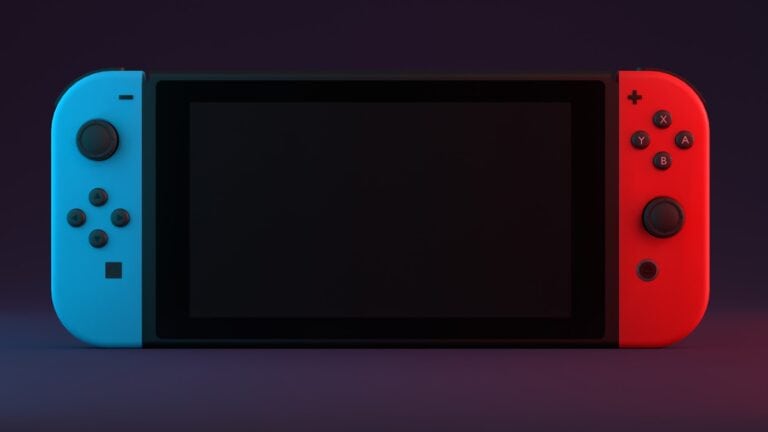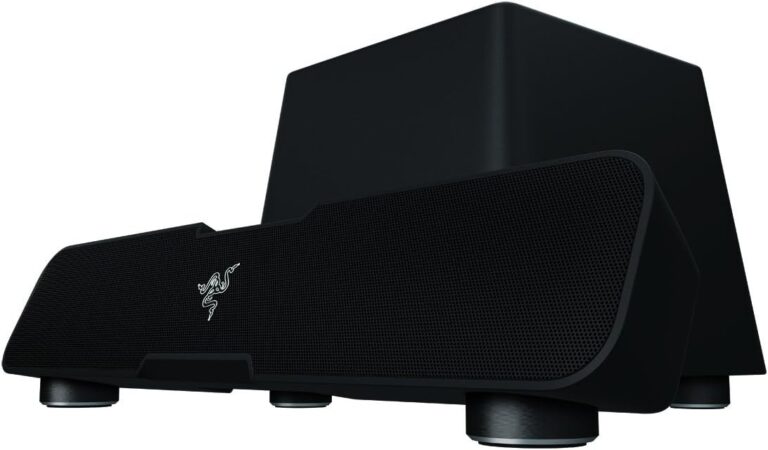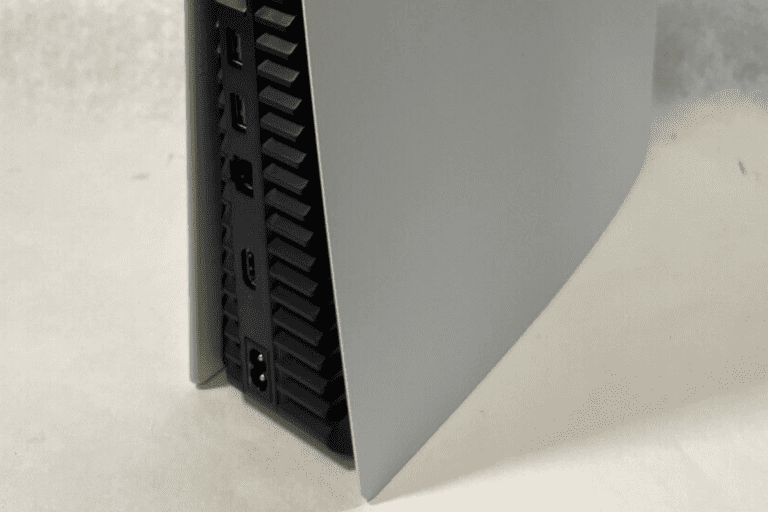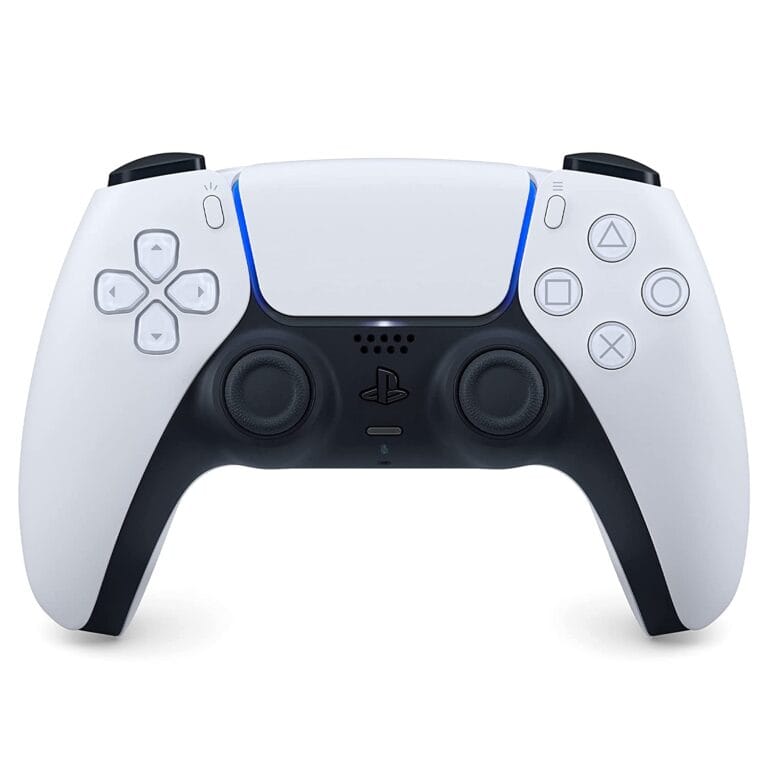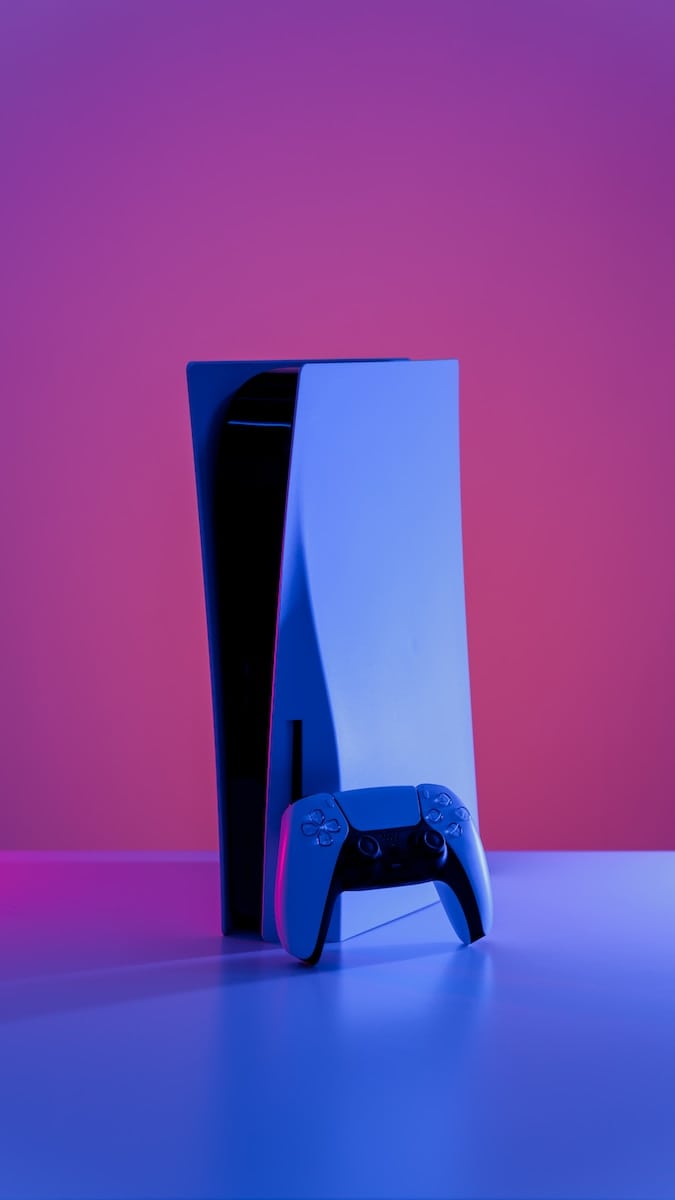Exploring the history of Sega consoles offers a look at how the industry of home gaming has evolved over time. Sega entered the home console market in 1983 with the SG-1000 and rapidly became a significant player in the gaming scene. Their consoles progressed through various generations, each bringing new technology and gaming experiences to the forefront. Sega’s audacious foray into the 16-bit era with the Sega Genesis, known as the Mega Drive outside of North America, shook up the industry and sparked fierce competition with other gaming giants of the time.
Portable gaming also became part of Sega’s legacy as they sought to expand their influence beyond the living room. Handheld consoles played a pivotal role in proving that gaming could be versatile and accessible on the go. Each iteration of Sega’s consoles and handhelds tells a story of innovation, challenges, and the drive to cater to an ever-growing audience of gamers.
Sega Consoles In Order (Table)
| Console Name | Release Date (Japan) | Release Date (North America) | Release Date (Europe) | Notes |
|---|---|---|---|---|
| SG-1000 | July 1983 | N/A | N/A | Sega’s first home console |
| SC-3000 | October 1983 | N/A | N/A | Computer with a built-in keyboard, compatible with SG-1000 games |
| SG-1000 Mark II | July 1984 | N/A | N/A | Redesigned version of the SG-1000 |
| Sega Master System | October 1985 | 1986 | 1987 | Sega’s major entry into the market, competitor to the NES |
| Sega Genesis / Mega Drive | October 1988 | August 1989 | September 1990 | Sega’s iconic 16-bit console, home of Sonic the Hedgehog |
| Sega Game Gear | April 1990 | June 1991 | April 1991 | Color handheld, competitor to Nintendo’s Game Boy |
| Sega Mega-CD / Sega CD | December 1991 | October 1992 | April 1993 | CD-ROM add-on for the Genesis/Mega Drive |
| Sega 32X | November 1994 | November 1994 | November 1994 | 32-bit add-on for the Genesis/Mega Drive |
| Sega Saturn | November 1994 | May 1995 | July 1995 | Sega’s next-generation console after the Genesis/Mega Drive |
| Sega Nomad | n/a | October 1995 | n/a | North America exclusive release |
| Sega Dreamcast | November 1998 | September 1999 | October 1999 | Sega’s final home console, ahead of its time in some ways |
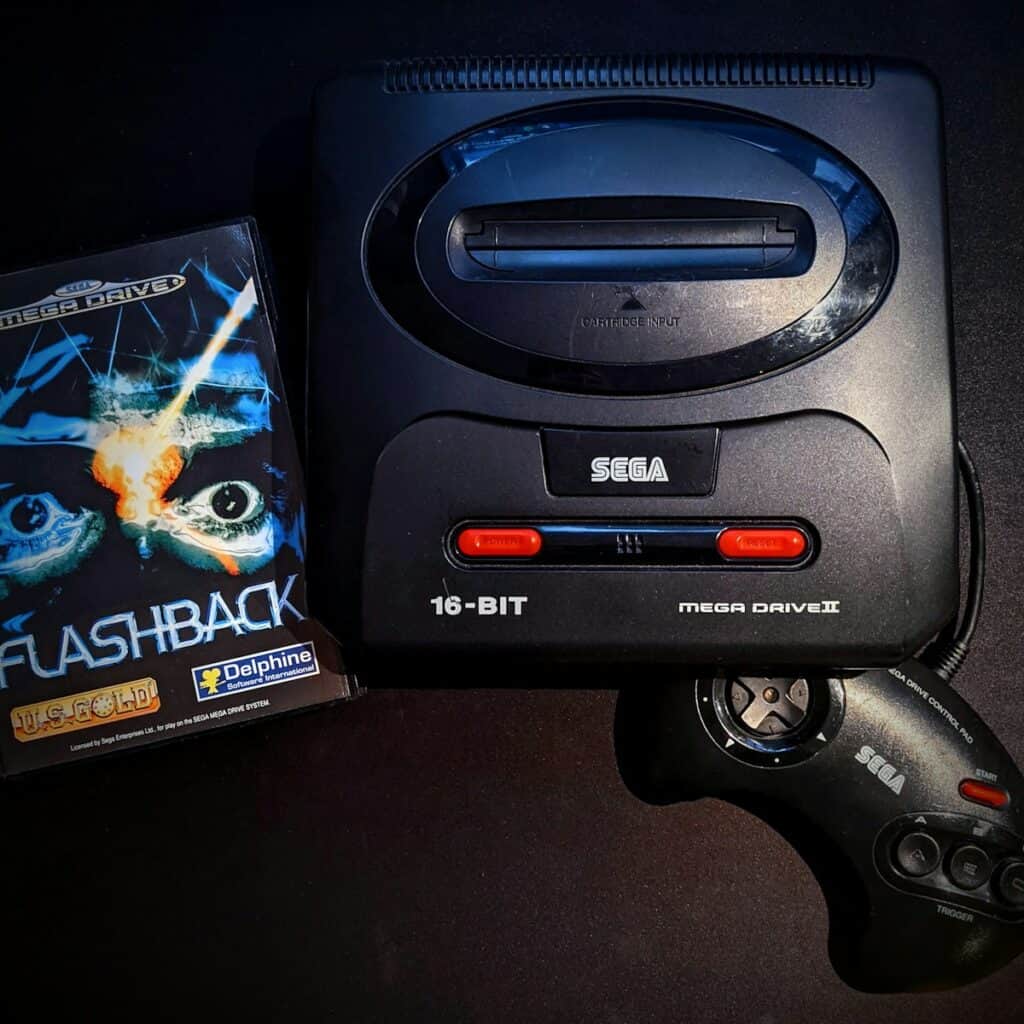
Notes:
- Some consoles had variations or revisions released later in their life cycle (e.g., Genesis II/ Mega Drive II, Sega Saturn Model 2).
- Release dates for regions outside Japan, North America, and Europe can vary.
Sega Console List
Here’s the comprehensive list of Sega consoles in order:
- SG-1000 (1983)
- SC-3000 (1983)
- SG-1000 Mark II (1984)
- Sega Master System (1985)
- Sega Genesis / Mega Drive (1988)
- Sega Game Gear (1990)
- Sega Mega-CD / Sega CD (1991)
- Sega 32X (1994)
- Sega Saturn (1994)
- Sega Nomad (1995)
- Sega Dreamcast (1998)
Key Takeaways
- Sega has been a significant figure in the gaming industry since the release of its first console in 1983.
- The company’s home consoles have undergone a notable evolution across multiple generations.
- Sega’s ventures into portable gaming broadened their impact on how games are experienced.
The Top Sega Consoles Explored
Here’s a breakdown of Sega’s consoles in the order they were released, highlighting their significance:
SG-1000 (1983)
The SG-1000 was Sega’s first foray into the home console market. While it didn’t achieve the same global success as some later consoles, it laid the groundwork for Sega’s future ventures.
- Simple and affordable: Offered a cost-effective entry point for gamers.
- Compatible with SC-3000: A computer that could play SG-1000 games, blurring the lines between console and computer.
- Paved the way: Laid the foundation for the Sega Master System.
Sega Master System (1985)
The Sega Master System was Sega’s major entry into the 8-bit console wars, competing directly with the Nintendo Entertainment System (NES).
- Icon library: Introduced popular characters like Alex Kidd and helped solidify Sega’s reputation for innovation.
- Sports focus: Offered robust sports game franchises like Alex Kidd Boxing.
- Global reach: Achieved greater success in some regions outside North America compared to the NES.
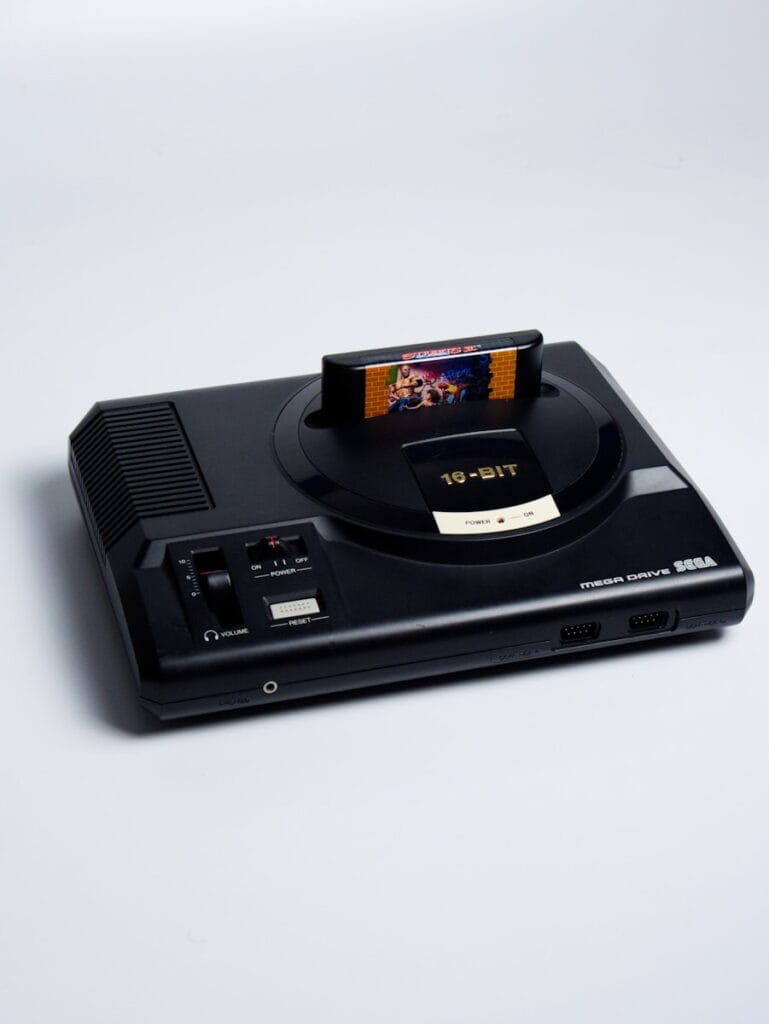
Sega Genesis/Mega Drive (1988)
The Sega Genesis (Mega Drive internationally) was Sega’s iconic 16-bit console and the home of Sonic the Hedgehog. It challenged Nintendo’s dominance in the console market.
- Sonic the Hedgehog: The speedy blue blur became a major gaming mascot and pop culture icon.
- Superior graphics and sound: Pushed the boundaries of 16-bit technology.
- Genre variety: Offered a wide range of games, from action-platformers to RPGs and sports titles.
Sega Mega-CD/Sega CD (1991)
The Sega Mega-CD/Sega CD was an add-on for the Genesis/Mega Drive, introducing CD-ROM technology to the console.
- Focus on FMV games: Offered games with pre-rendered graphics and cutscenes, a novelty at the time.
- Expanded game experiences: Allowed for longer, more complex games compared to cartridges.
- Limited library: Commercially unsuccessful due to its high price point and a smaller library of games.
Sega 32X (1994)
The Sega 32X was another add-on for the Genesis/Mega Drive, attempting to compete with the emerging 32-bit consoles.
- Short-lived: A commercial failure due to its late release and lack of strong game support.
- 32-bit power boost: Offered some 32-bit experiences on the aging Genesis hardware.
- Confusing market position: Released alongside the Sega Saturn, creating console market confusion for Sega.
Sega Saturn (1994)
The Sega Saturn was Sega’s next-generation console after the Genesis/Mega Drive. While powerful, it struggled to compete with the Sony PlayStation.
- Technical prowess: Boasted 3D capabilities and innovative features like dual analog sticks.
- Library of unique games: Offered a strong library of niche titles and role-playing games.
- Marketing struggles: Overshadowed by the aggressive marketing of the PlayStation.
Sega Dreamcast (1998)
The Sega Dreamcast was Sega’s final home console and offered innovative online features and a strong library of games.
- Online gaming pioneer: Introduced online console gaming with titles like Sega Rally 2 and Phantasy Star Online.
- Dreamcast library: Offered critically acclaimed titles like Soul Calibur, Jet Set Radio, and Shenmue.
- Market Mistiming: Launched just before the PlayStation 2, leading to its commercial failure and Sega’s exit from the console hardware market.
Portable Consoles
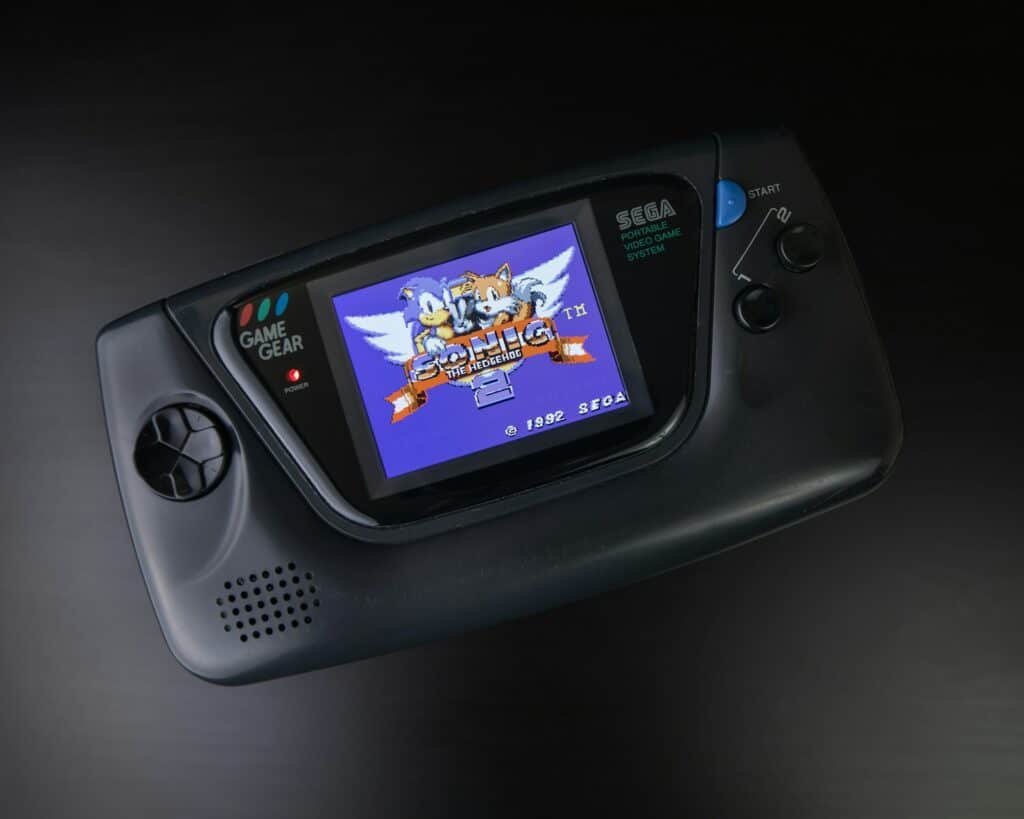
- Sega Game Gear (1990)
- Sega Nomad (1995)
Let’s explore why these portables are significant in Sega’s history:
Sega Game Gear (1990)
The Game Gear was Sega’s handheld console and a direct competitor to Nintendo’s Game Boy.
- Color Graphics: Boasted a backlit color display, a significant technological advantage over the Game Boy.
- Shorter Battery Life: The higher-powered screen resulted in shorter battery life compared to its rival.
- Solid Game Library: Featured titles like Sonic the Hedgehog, Streets of Rage, and Columns.
Sega Nomad (1995)
The Sega Nomad was a portable version of the Sega Genesis/Mega Drive.
- Genesis on the Go: Allowed players to experience their favorite Genesis games on a handheld device.
- Compatibility Issues: Some Genesis games were not fully compatible due to the different display resolution.
- Commercial Failure: High price tag and limited library of games led to limited sales.
Evolution of Sega Home Consoles
The chronological journey of Sega’s home consoles reveals the innovative leaps made by the company from the early 8-bit era to the advanced graphics of the late 90s. Their consoles have left a lasting impact on the gaming industry.
The Genesis of Gaming: SG-1000 and Master System
Sega entered the home console market with the SG-1000 in 1983. Released in Japan, this unit started Sega’s story in gaming. Shortly after, the Sega Mark III arrived, which was later rebranded outside Japan as the Master System. This console saw moderate success globally and established early market share, particularly in Europe and Brazil.
- SG-1000 Release Date: July 15, 1983
- Master System (Mark III) Release Date: October 20, 1985
- Key Market: Japan for SG-1000, broader reach for Master System
- Significant Improvement: Master System boasted better graphics over its predecessor and competed directly with Nintendo’s NES.
16-Bit Revolution and CD Era: Genesis to Sega CD
In 1988, the Sega Genesis, or Mega Drive, launched a new frontier with 16-bit graphics. It solidly positioned Sega in the console wars against Nintendo in North America. Sega released the Genesis worldwide and it became synonymous with Sega’s mascot, Sonic the Hedgehog. Following the Genesis, Sega expanded its hardware lineup with add-ons like the Mega CD (Sega CD in North America) and Sega 32X, which enhanced the system with CD-quality games and 32-bit graphics, respectively.
- Genesis/Mega Drive Release: October 29, 1988
- Sega CD Release Date: December 12, 1991
- 32X Release Date: November 1994
- Notable Games: ‘Sonic the Hedgehog’ for Genesis, ‘Night Trap’ for Sega CD
- Add-Ons: Aimed to extend the life and performance of the Genesis/Mega Drive.
Transition and Innovation: Saturn and Dreamcast
The Sega Saturn hit the shelves in 1994 with dual CPU architecture, but it struggled to gain a foothold in the market. Sega’s Dreamcast, released in 1998, was a pioneer with features like built-in modem for online play, but it marked Sega’s last foray into the console hardware market due to tough competition and commercial difficulties.
- Saturn Release Date: November 22, 1994
- Dreamcast Release Date: November 27, 1998
- Dreamcast Innovations: Online gameplay, visual memory unit (VMU)
- Market Challenge: The Saturn and Dreamcast faced strong competitors, impacting Sega’s market share and financial performance.
Legacy and Mini Consoles
Sega has honored its gaming roots with the release of miniature versions of its most beloved consoles. These nostalgic pieces, such as the Sega Genesis Mini, come pre-loaded with a range of classic titles, allowing new generations to experience Sega’s defining moments in gaming history.
- Sega Genesis Mini Release: September 19, 2019
- Genesis Mini 2 Release Date: October 27, 2022
- Pre-installed Classics: Featuring a library of built-in games like ‘Sonic the Hedgehog’ and ‘Ecco the Dolphin’
- Legacy: Mini consoles serve as a celebration of Sega’s rich contribution to gaming culture.
Expansion into Portable Gaming
Sega entered portable gaming with devices that offered unique features and competed with industry giants.
The Game Gear Era
In 1991, Sega introduced the Game Gear, its first handheld console designed to challenge Nintendo’s Game Boy. Unlike its rival, the Game Gear featured a backlit screen capable of displaying a palette of over 4,000 colors. This color capability meant games were richer and more vibrant, although the trade-off came with a shorter battery life.
Diversification with Pico and Nomad
Later, Sega branched out to address different market segments. The Sega Pico, launched in 1993, catered to children’s entertainment with educational games powered by a stylus-driven interface. The Genesis Nomad, released in 1995, allowed gamers to enjoy Sega Genesis titles on the go. This portable version of the home console aimed to offer console-like experiences in a handheld format.
Staying Competitive in the Handheld Market
Sega continued to innovate in the handheld market to maintain relevance as gaming preferences evolved. Though the Game Gear was eventually discontinued, Sega revived the spirit of portable gaming with the release of the Game Gear Micro in 2020, a compact iteration of the classic handheld. The move showed Sega’s recognition of nostalgic gamers and collectors as a key audience.
Frequently Asked Questions
This section provides clear answers to common questions about Sega consoles.
What is the chronological list of Sega console releases?
Sega introduced their first console, the SG-1000, in 1983. Over the years, they released the Master System, Genesis/Mega Drive, Sega CD, 32X, Saturn, and the Dreamcast among others.
How many gaming systems has Sega released to date?
Sega has released a total of 12 consoles, spanning home consoles and portable devices.
Which Sega console was released first?
The SG-1000 was Sega’s inaugural console, introduced in 1983 in Japan.
Which Sega console was the final one to be produced?
The Sega Dreamcast, released in 1998 in Japan and discontinued in 2001, was the last home console Sega produced.
What are the major differences between Sega Genesis and Sega Dreamcast?
The Genesis, a 16-bit console from the late 80s, was known for its strong library of arcade game ports. The Dreamcast was a 128-bit console that incorporated internet connectivity and superior graphics.
Can you provide a complete list of Sega home consoles?
Yes. The list includes the SG-1000, Master System, Genesis/Mega Drive, Sega CD, 32X, Saturn, and Dreamcast.

